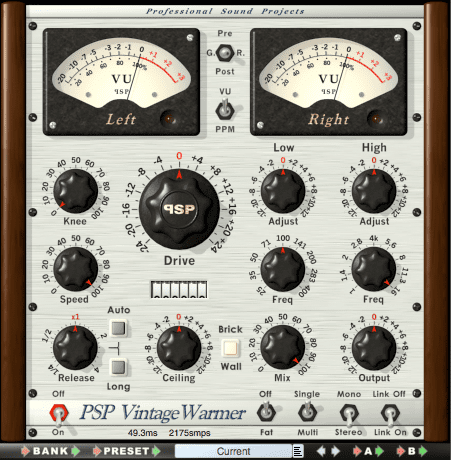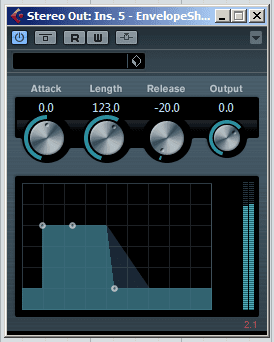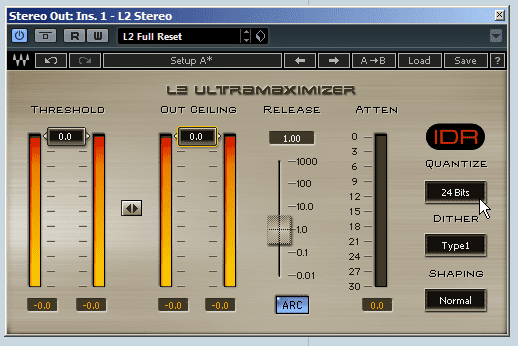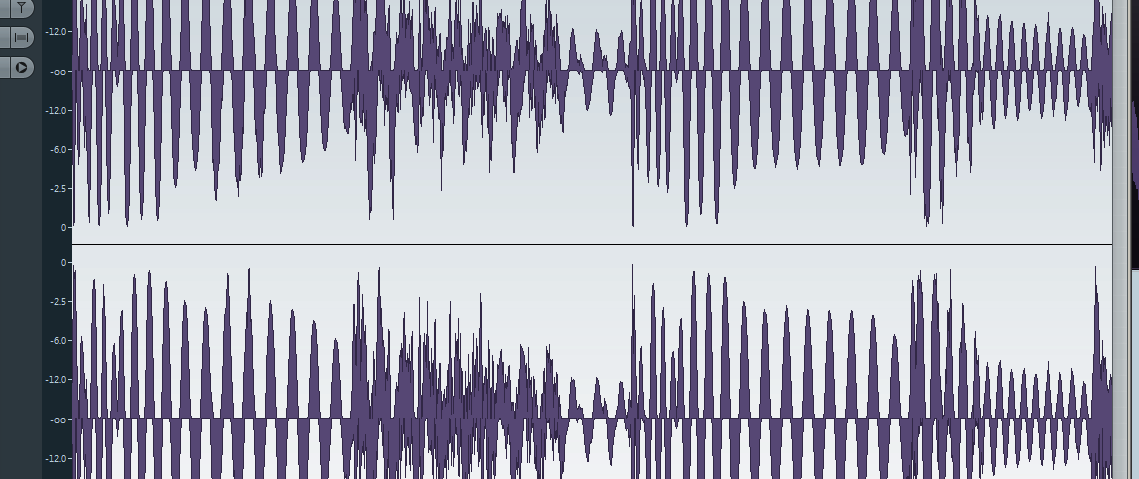Alternative methods
Traditional compressors and limiters aren’t the only options for increasing loudness. Saturation plugins such as PSP’s Vintage Warmer provide a lot of flexibility in the gain management and loudness stakes. Notice the Drive control for adding ‘nice’ distortion. This generates additional favourable harmonics and can help increase perceived loudness by raising the gain of low level elements.

All dynamics tools can be used to increase loudness work by lifting the average level, whilst aiming to leave the peaks intact. Don’t forget that there are a lot of options at the mix stage for increasing punch and loudness of individual elements. A compressor is the most flexible tool for this job, but you might also explore others such as transient shaping.

Unprocessed audio before transient shaping:
And after transient shaping:
At this stage it’s important to create space in your mix and ensure that you minimise any problem frequencies, such as odd vocal resonances and sibilance or distorted guitar harmonics. This isn’t to say that you can’t process groups of instruments or even the whole mix – this can sometimes help gel everything together – but a well mixed track is easier to make sound LOUD.
Harsh-sounding guitar part:
Space created using corrective EQ:
Compare and contrast
Finally, it’s important to realise that most commercially released tracks have been through a professional mastering process to iron out any remaining sonic discrepancies, and in many cases to make them punchier and louder than the final studio mix. Tracks heard on radio will also have been through additional extreme processing, which can push them to breaking point in terms of squeezing the dynamic range (often at the expense of serious level clipping), so it is unwise to use radio as your primary reference.
You may also feel the alluring call of an audio maximiser. Waves’ L1 Utramaximizer was the first of these to gain broad appeal, though a similar process is now found in many DAWs and mastering packages. One of the most popular options these days is the successor to the L1, logically called the L2:

Maximisers offer a simplified approach but most are essentially based around a look-ahead brickwall limiter. The ability to look ahead is facilitated by a small audio delay buffer, helping the plugin to minimise the distortion added as a by-product of fast and extreme gain changes. The appeal of the maximiser’s user-friendly approach is obvious, but in general these tools don’t offer as much control or flexibility as traditional limiters. It’s also very easy to overdo this form of automatic loudness processing, so comparison with other mixes is essential. In general, we’d recommend the slightly more flexible manual approach rather than relying on the more immediate automatic approaches.

03.31 AM
fkin great matherial. thanks
10.33 PM
Excellent as always, the in article audio clips are great and work perfectly
10.10 PM
Are the guitar clips mislabeled? Surely the second one is the harsh unprocessed one and the first is EQ’d?